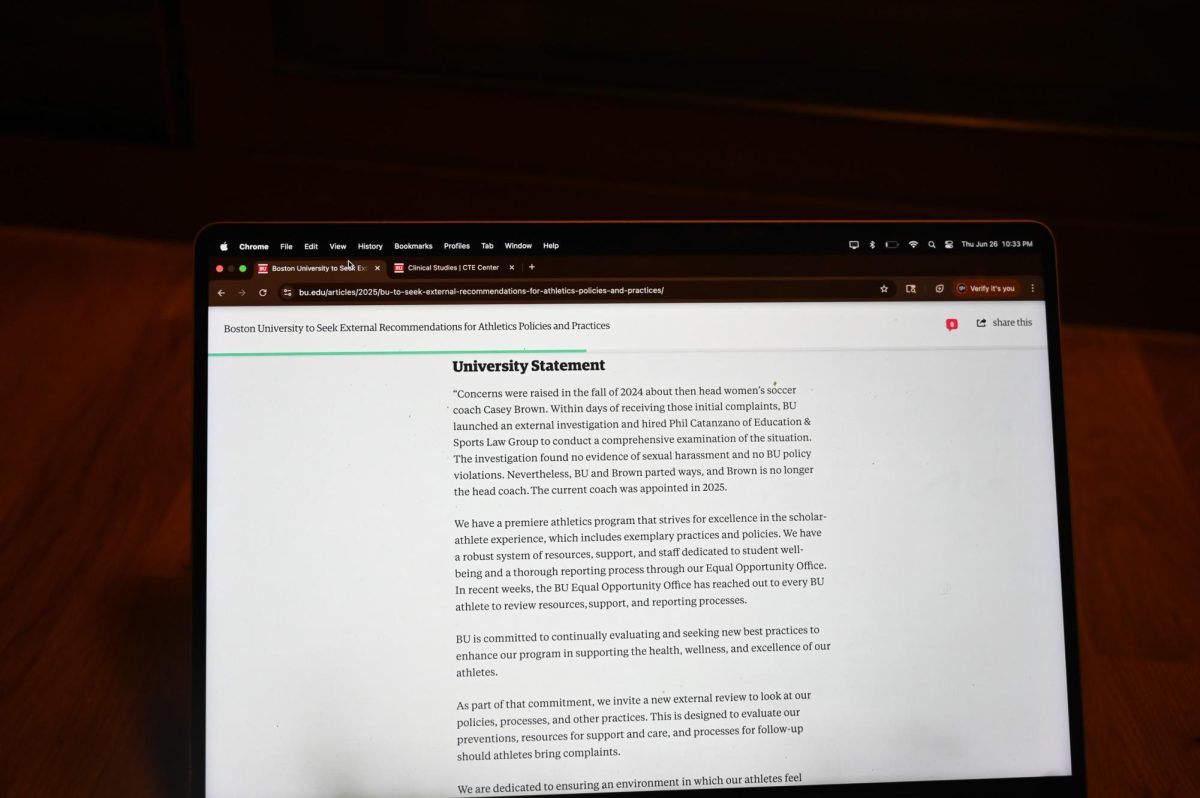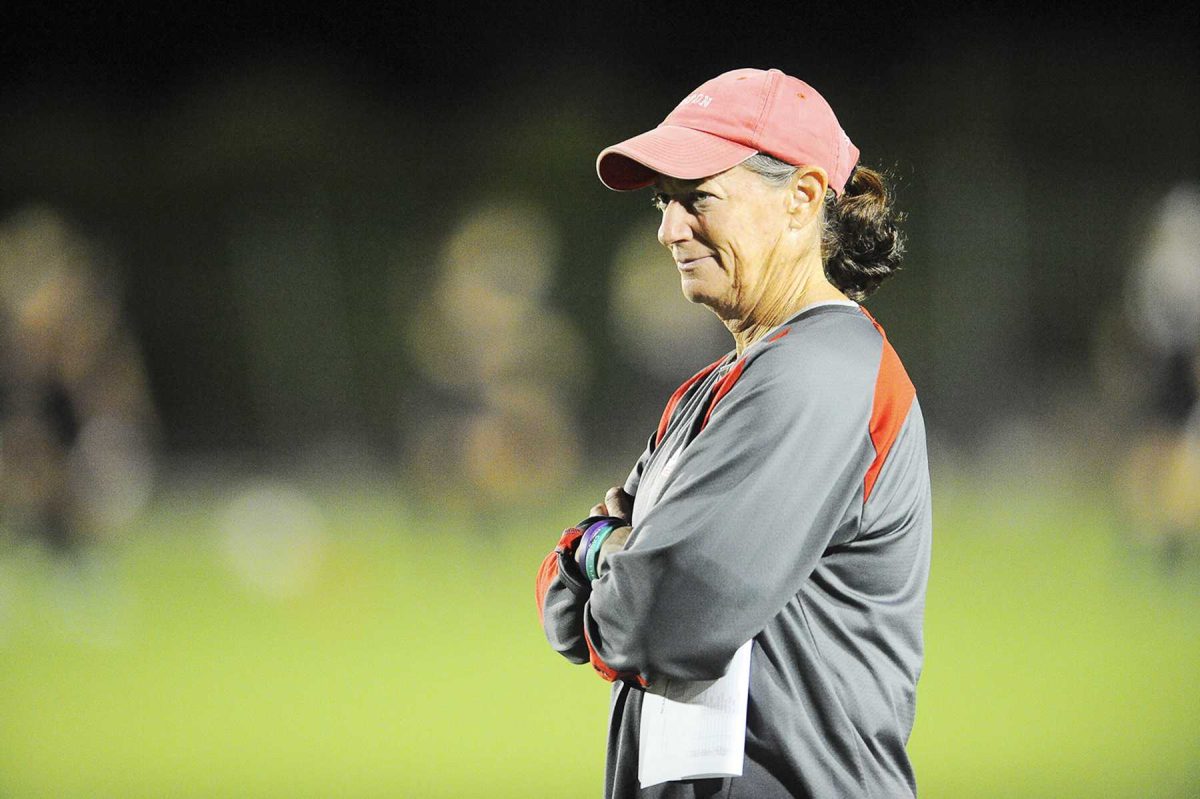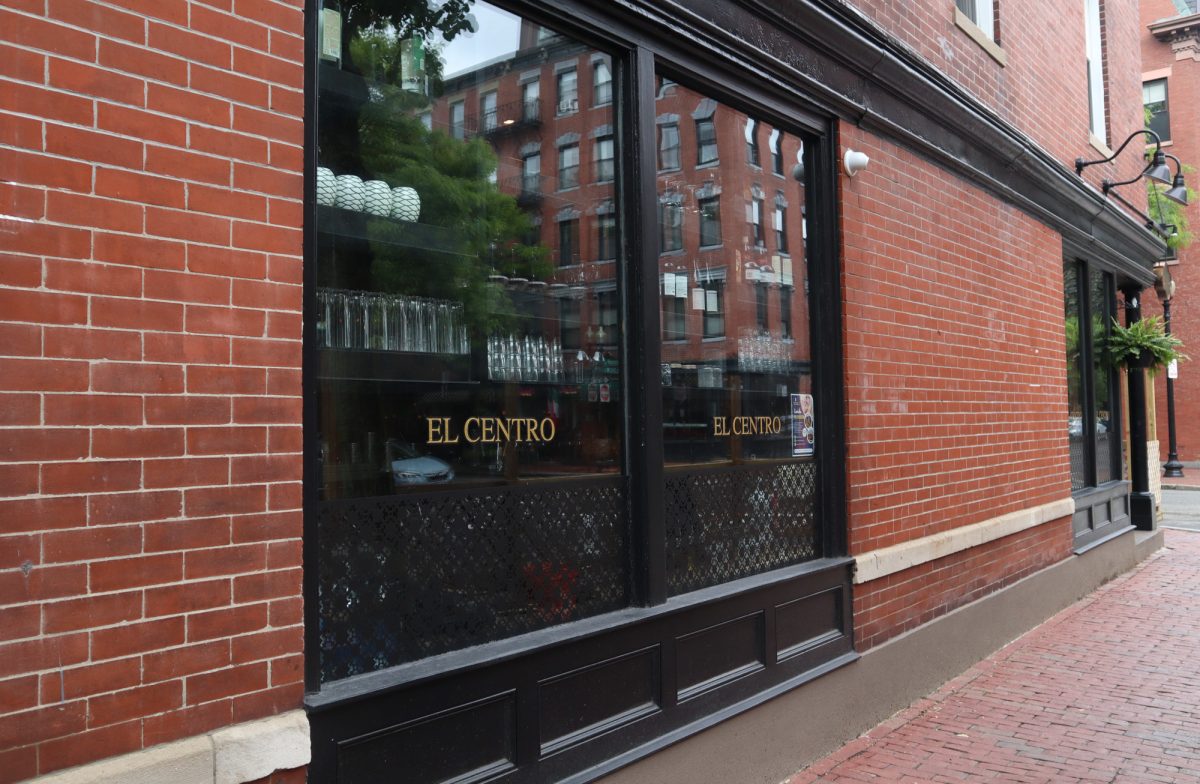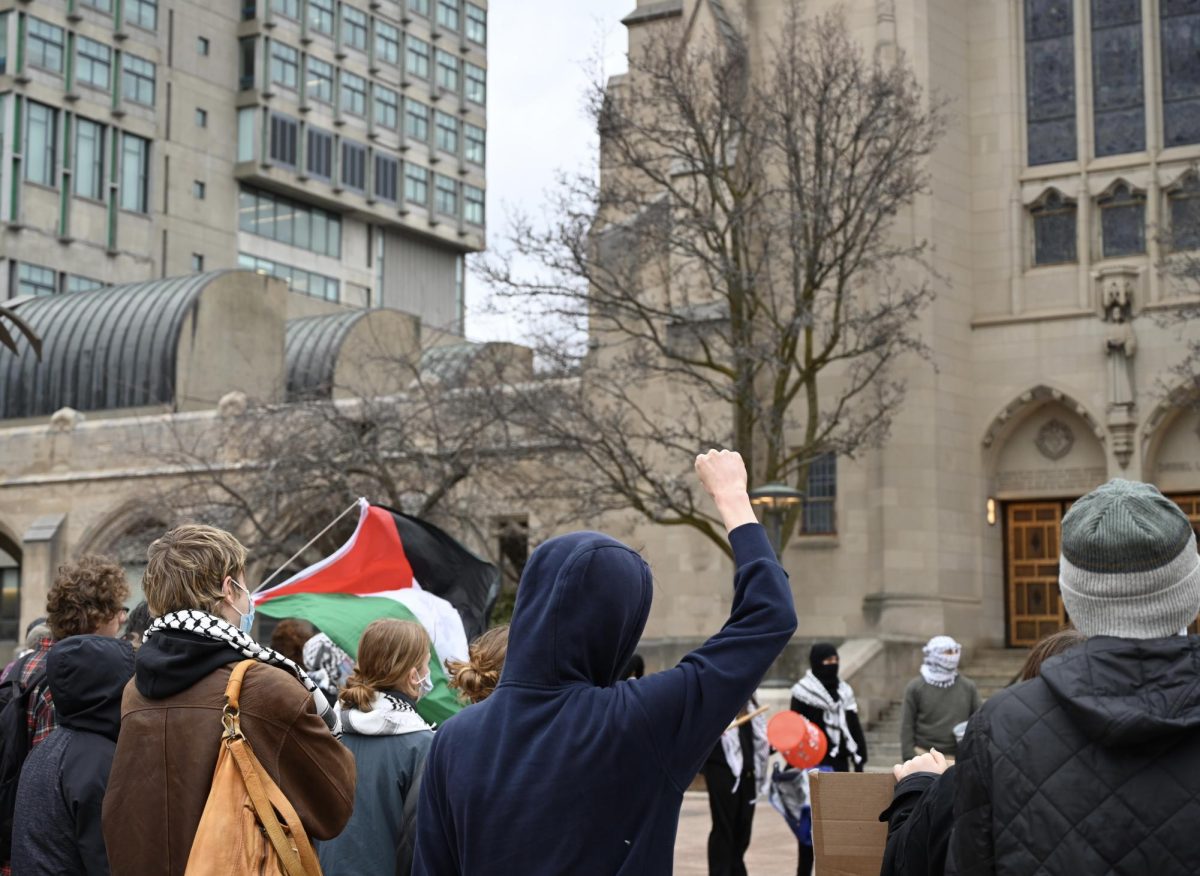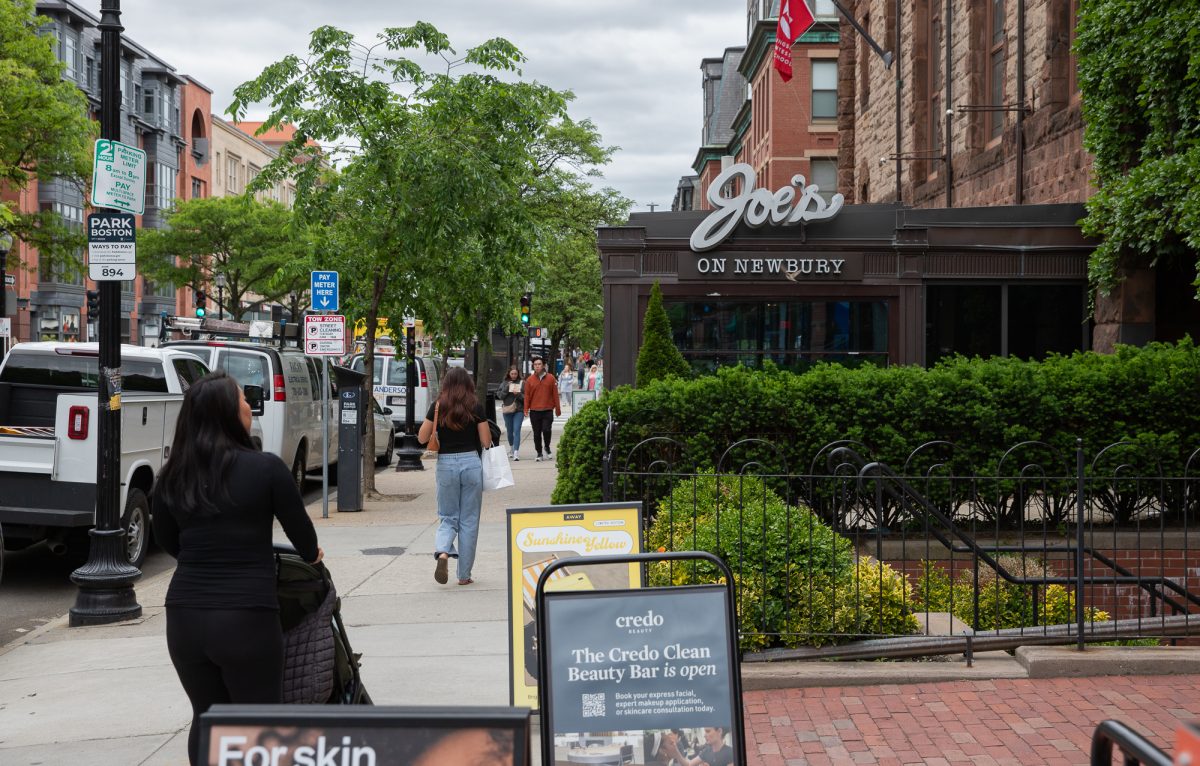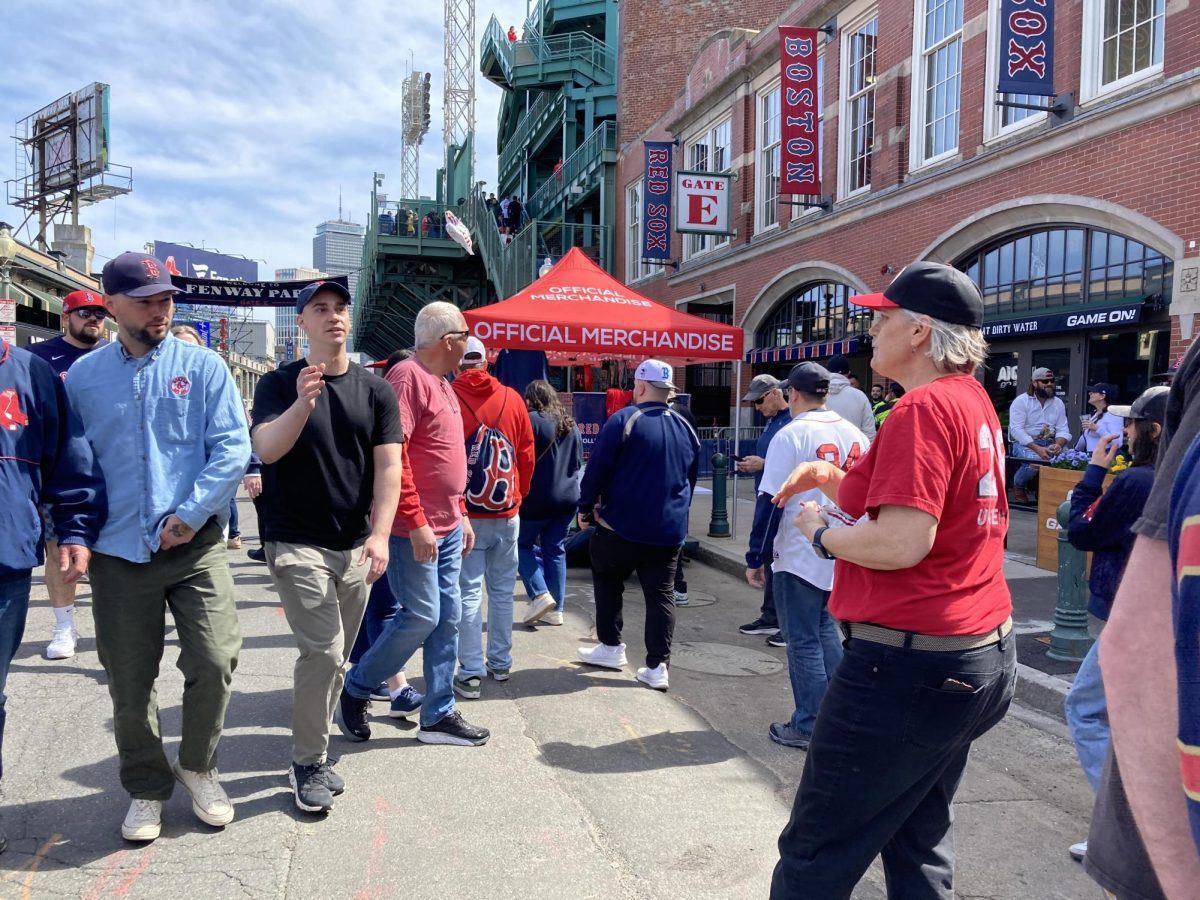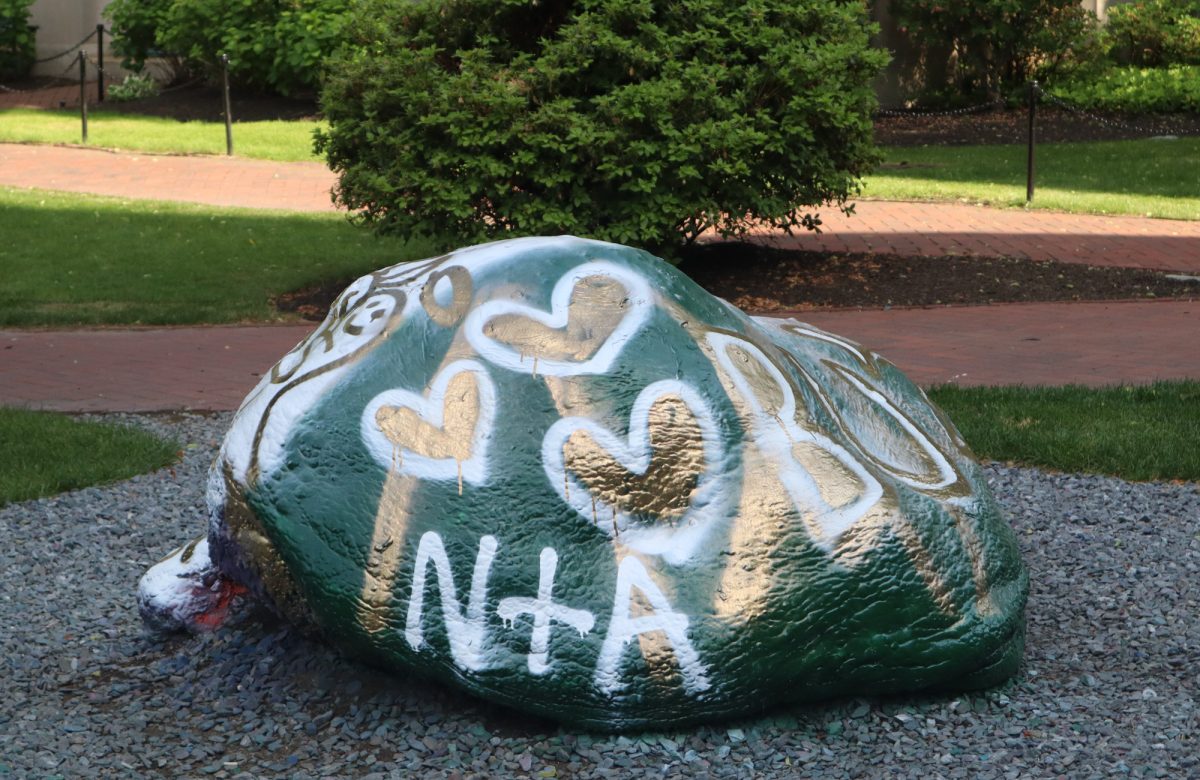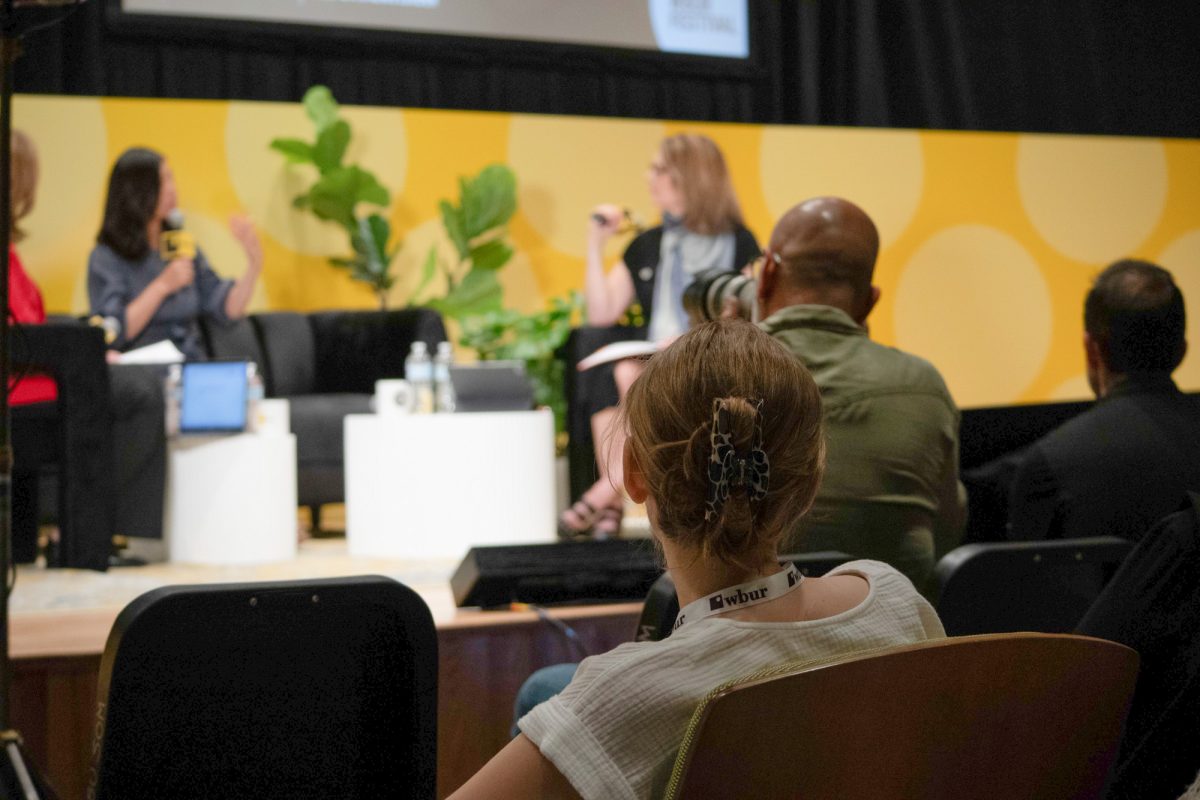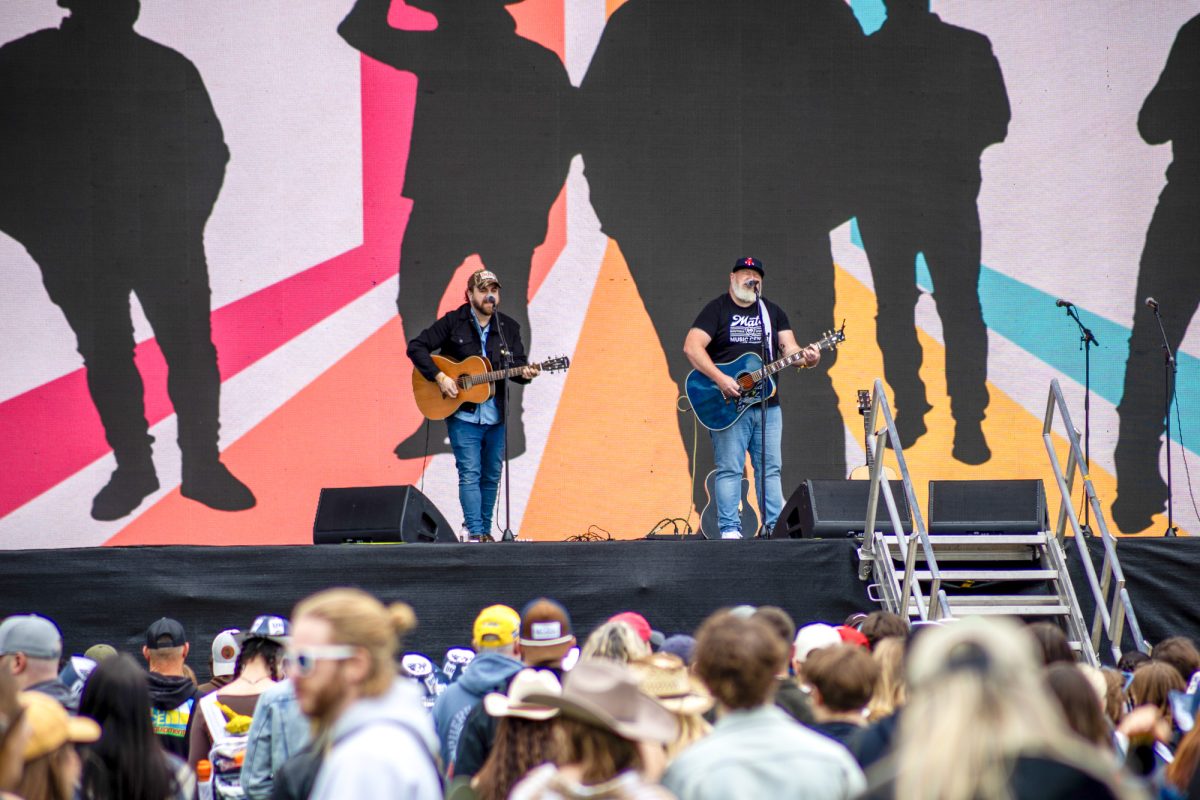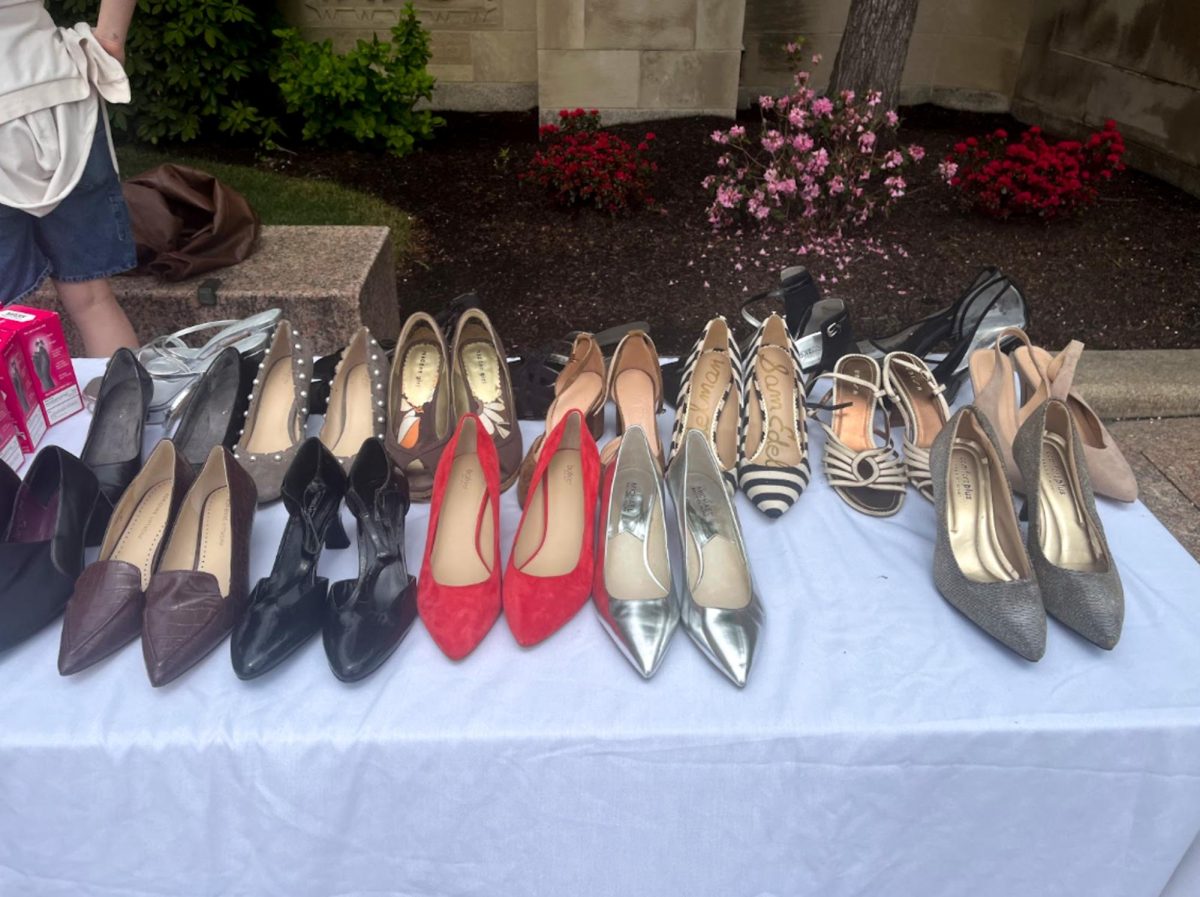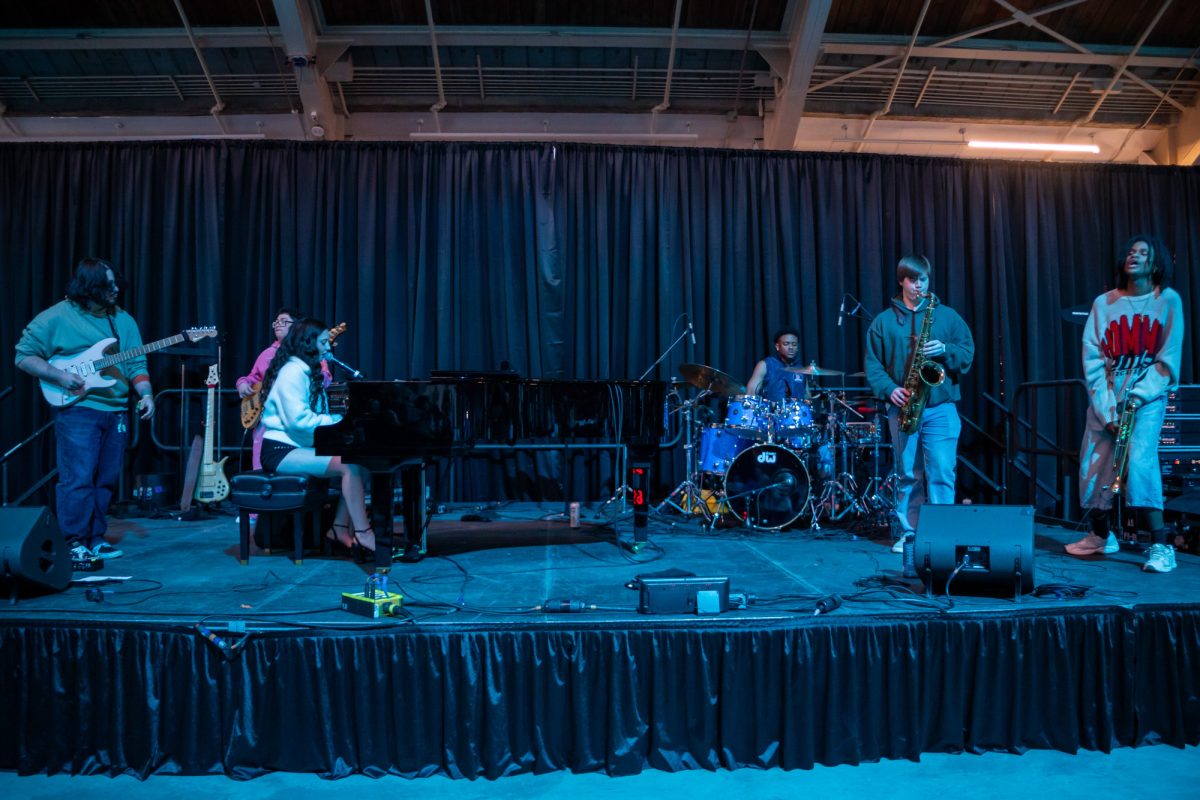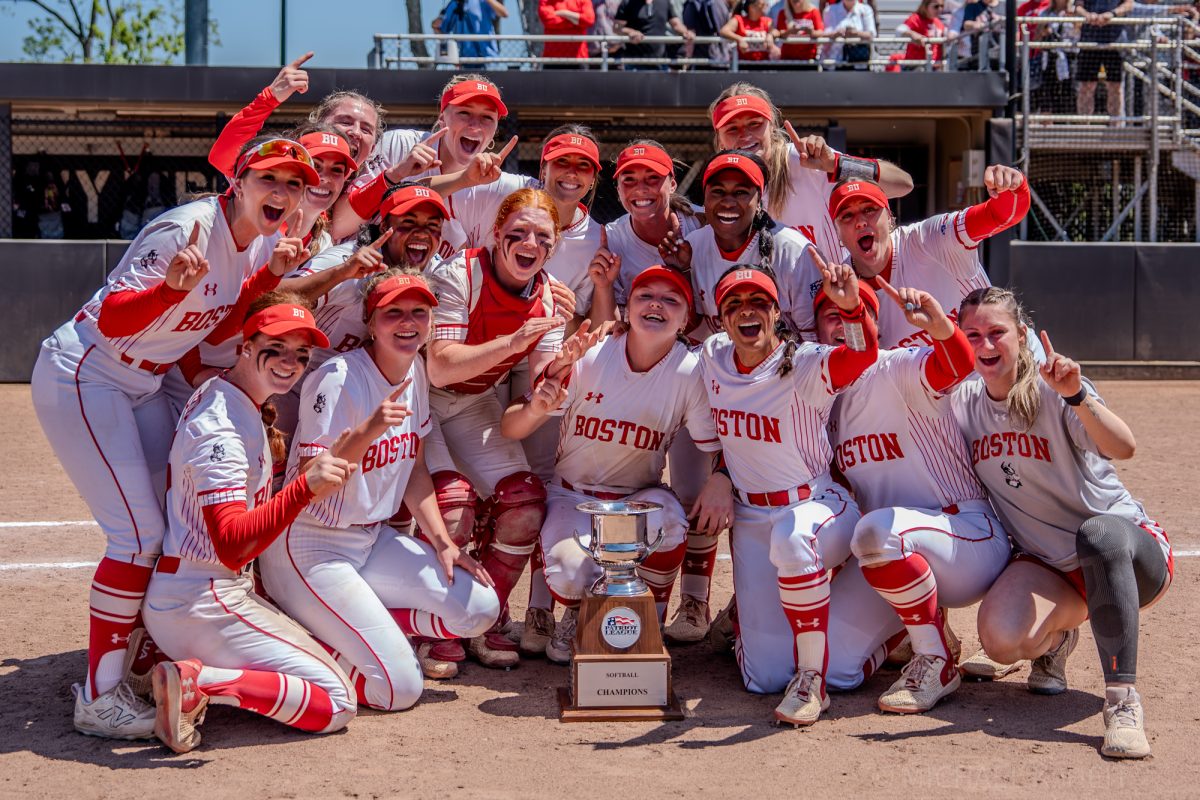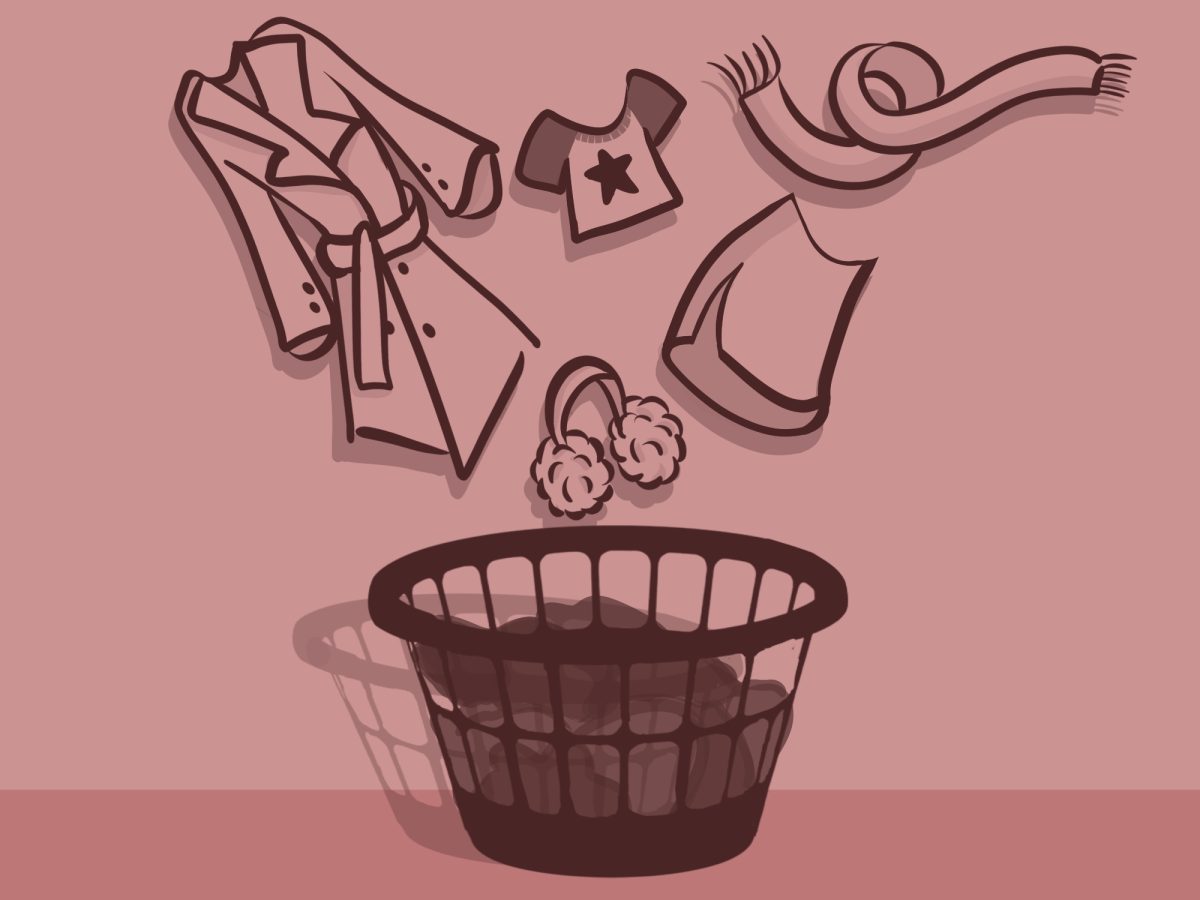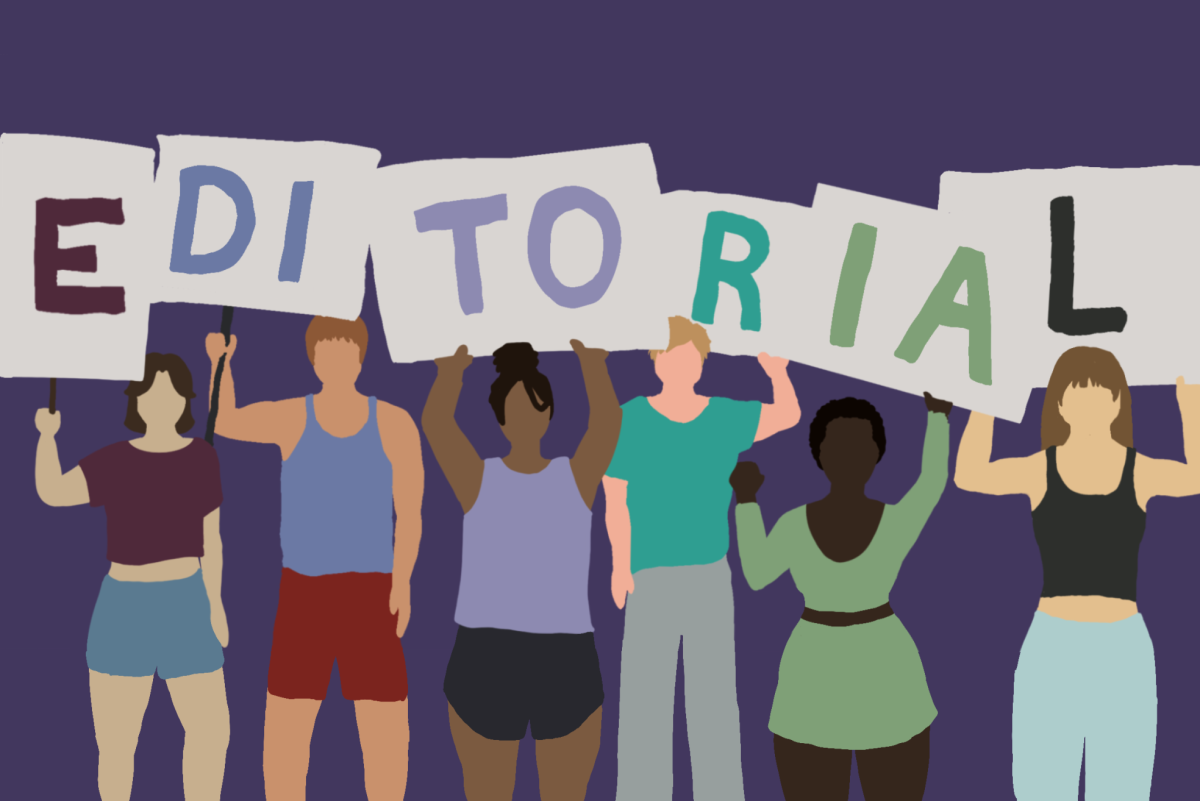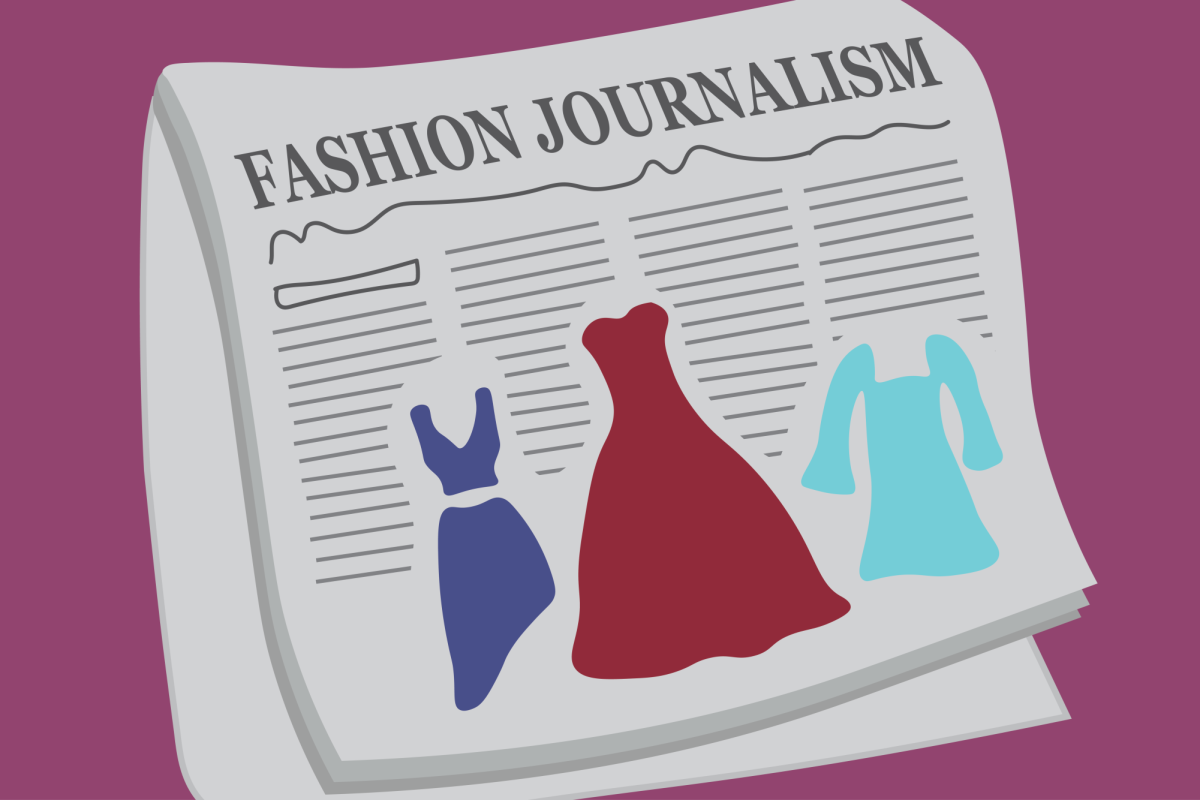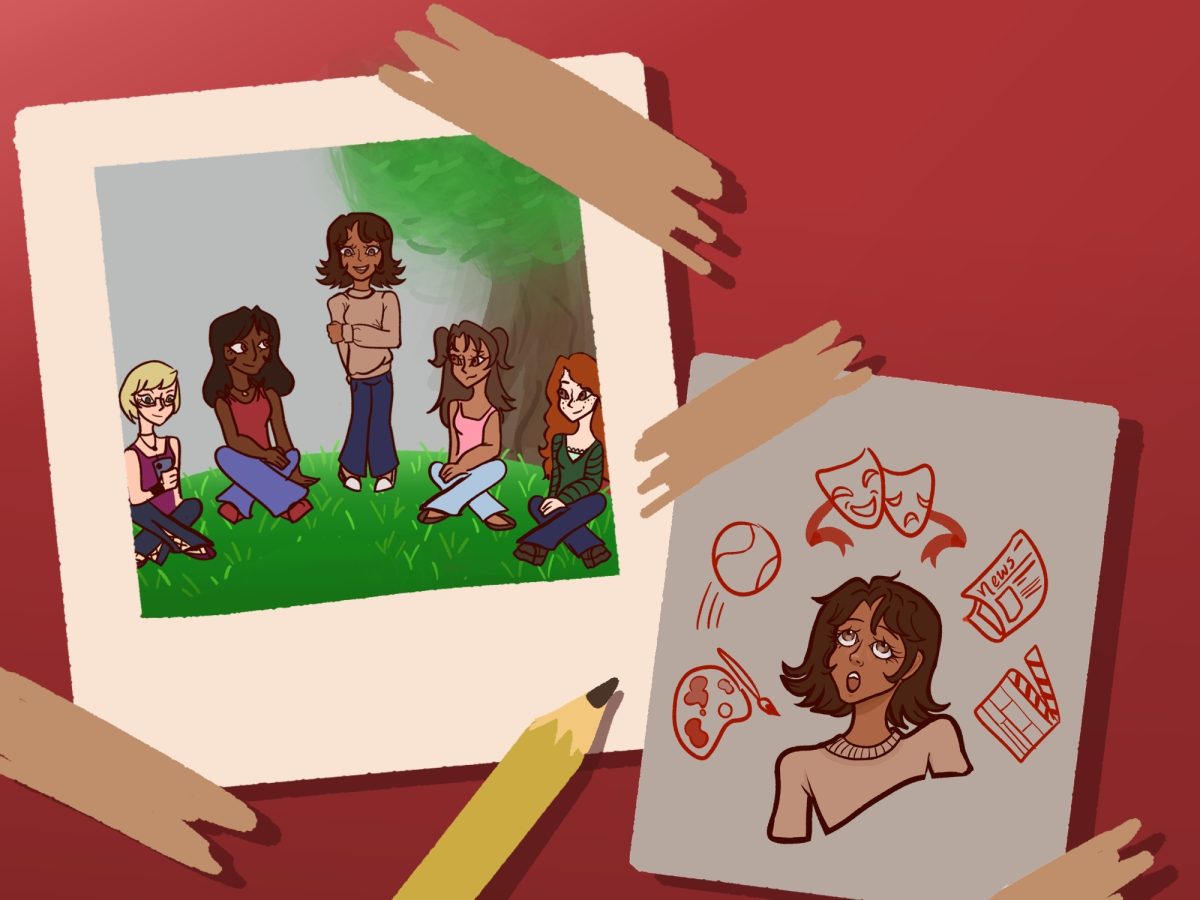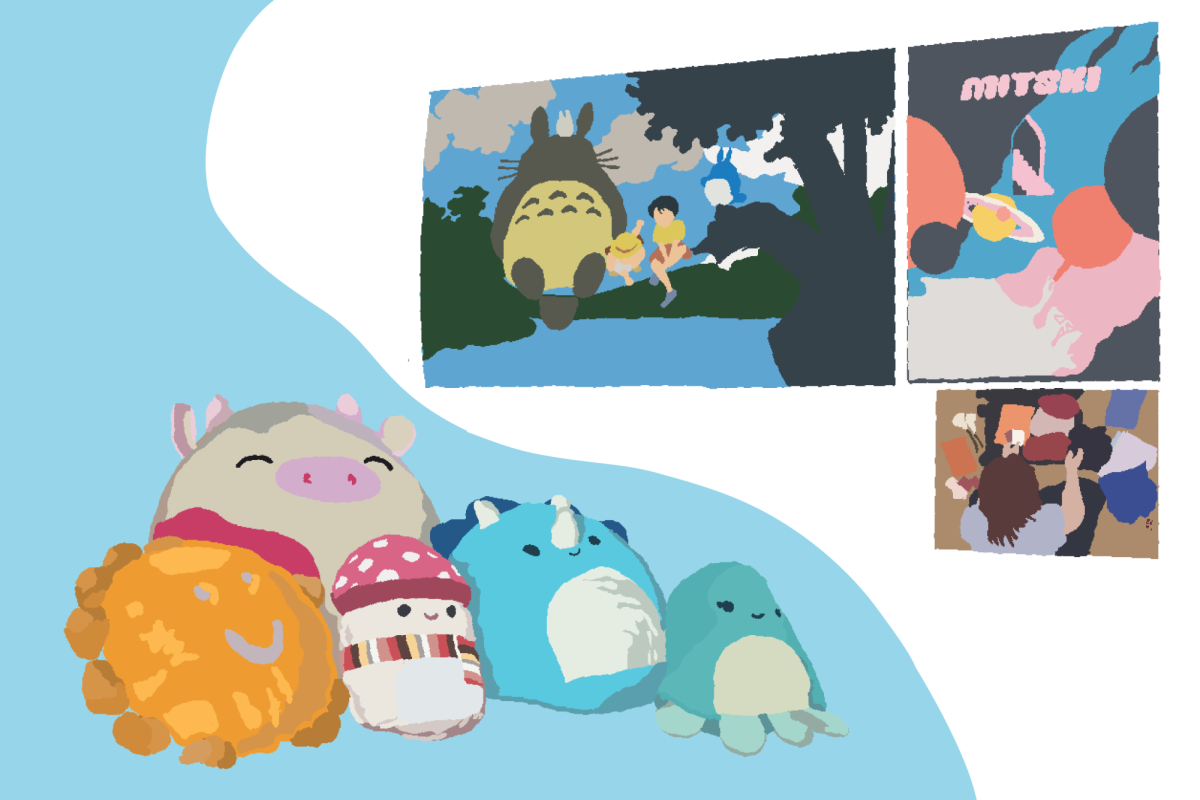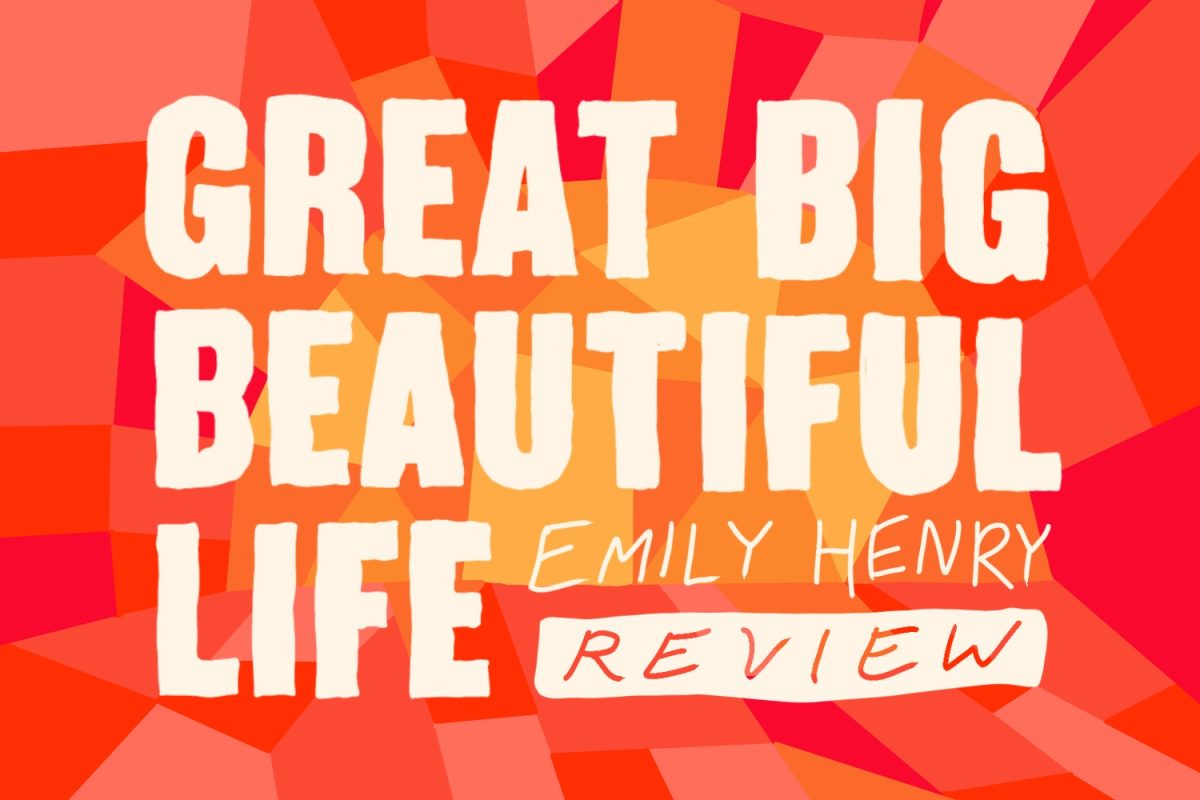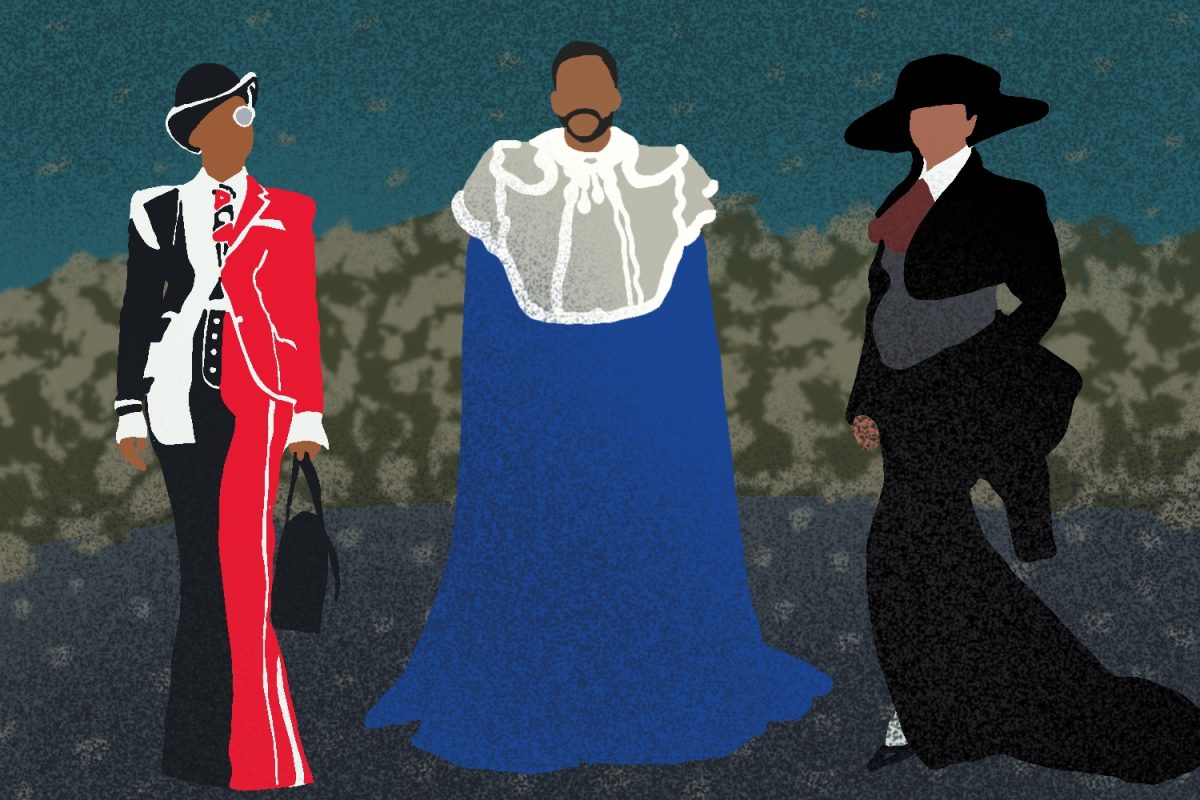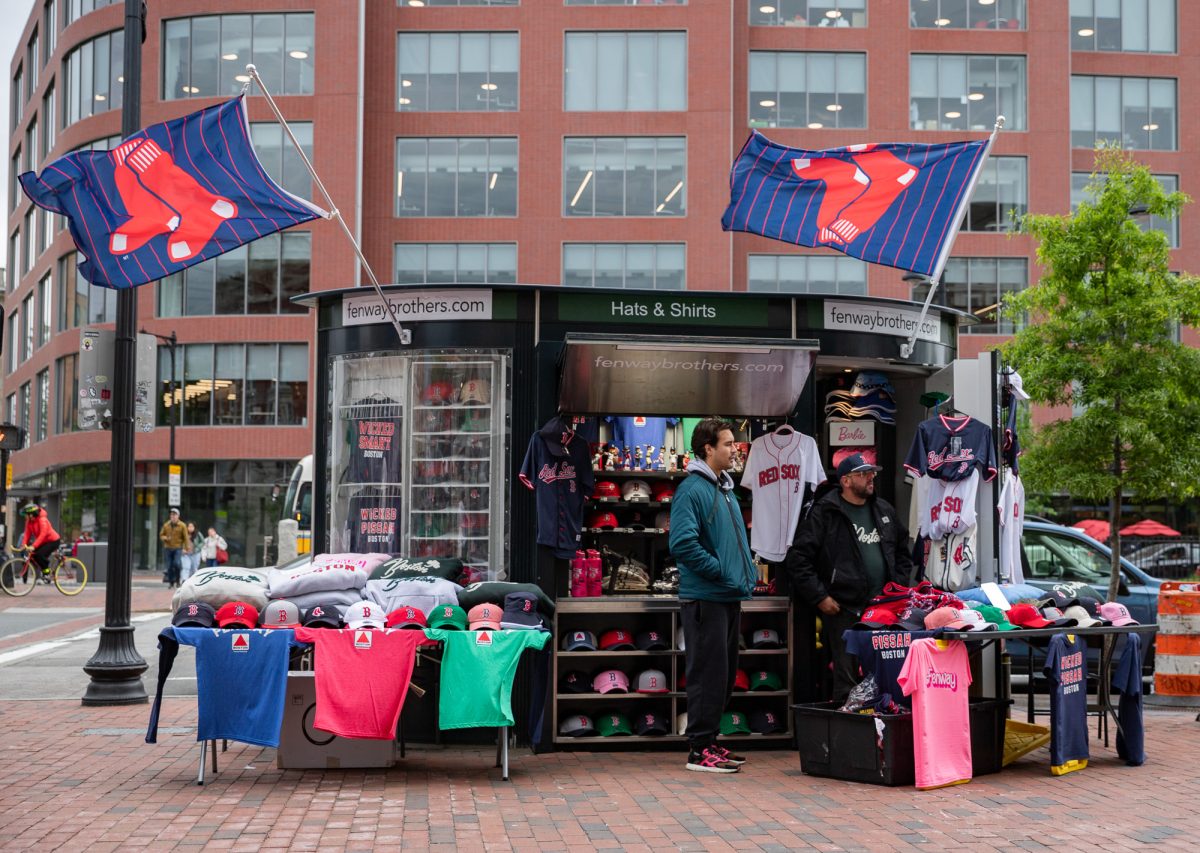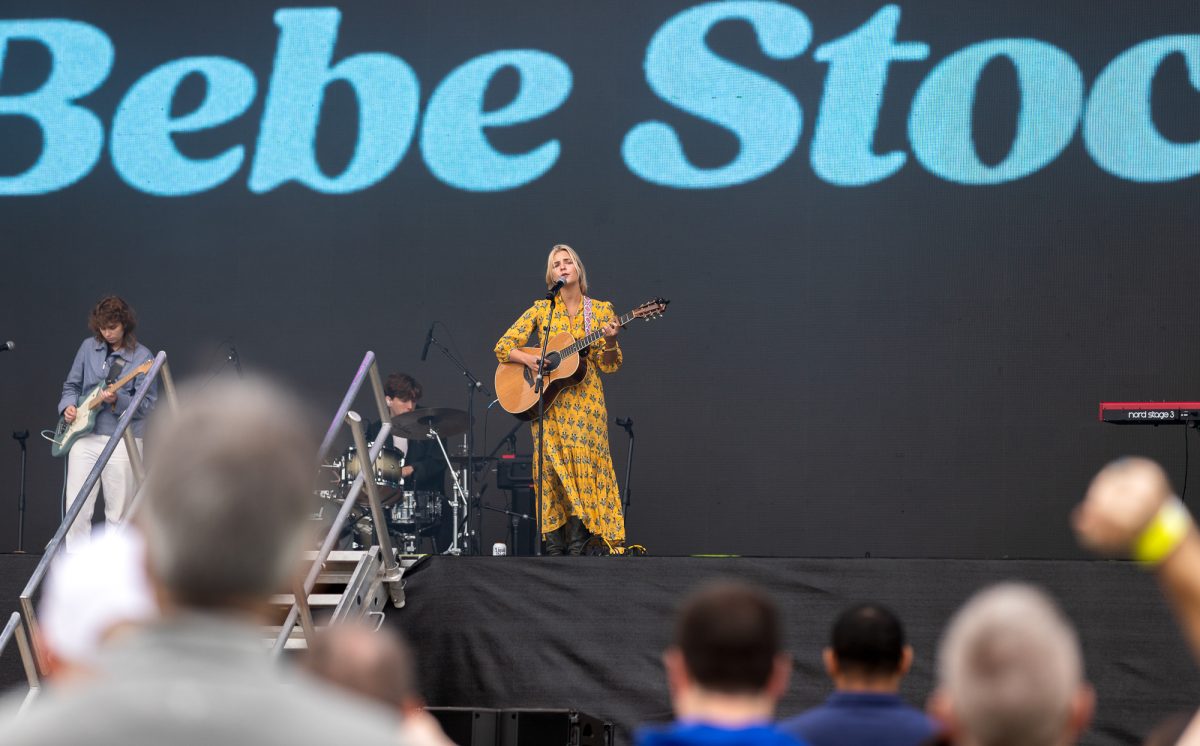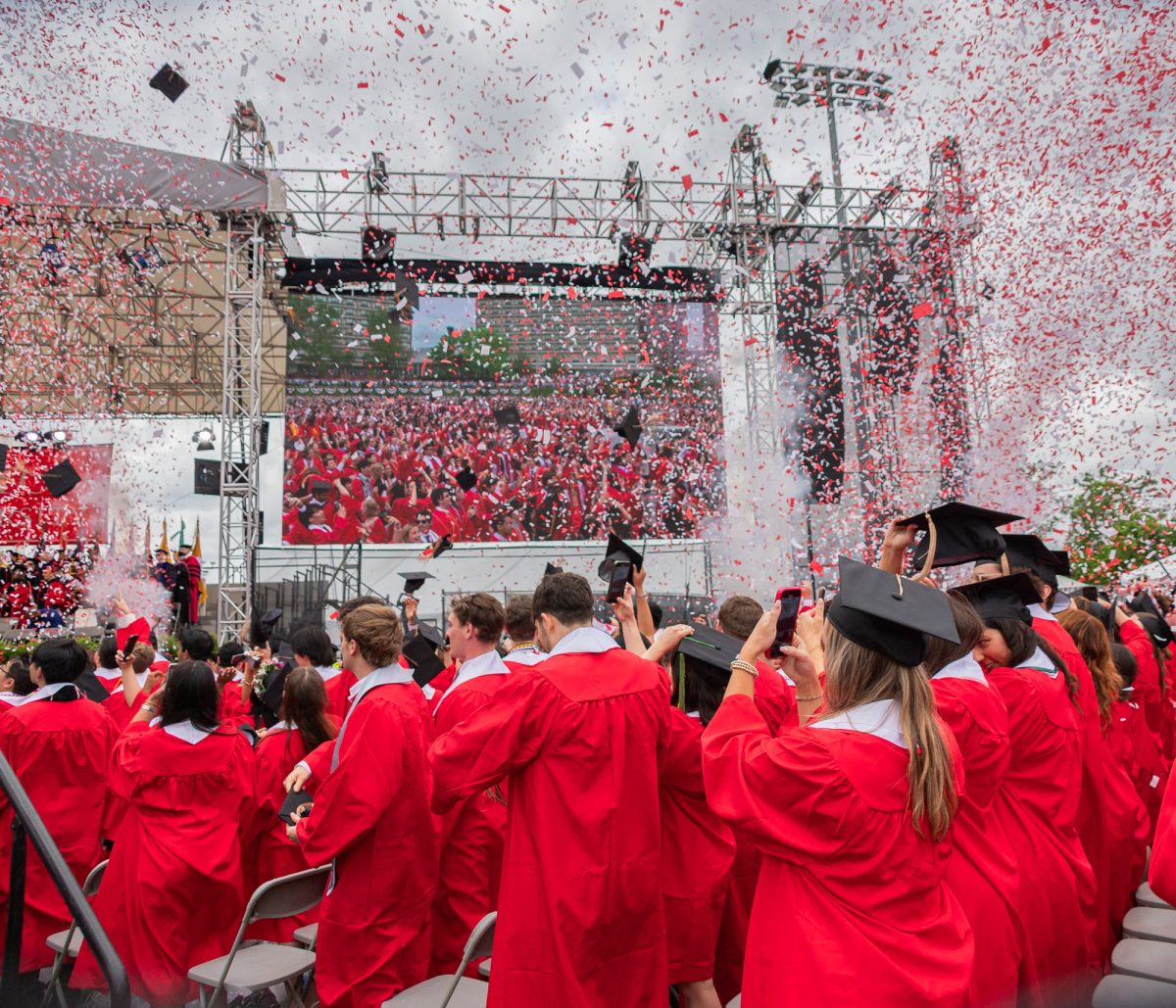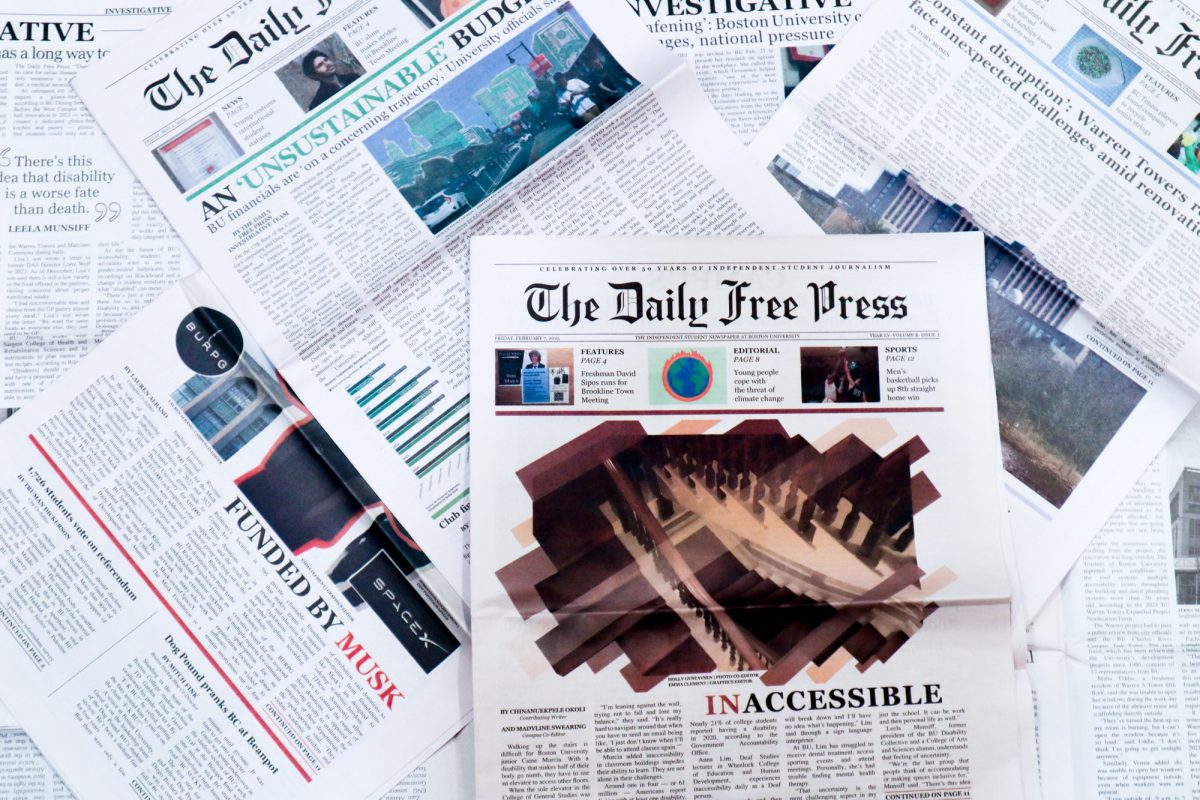Coffee was always withheld from me. Well, not withheld, but certainly looked down upon. For some reason, my parents created a world in which coffee was seen as an “adult drink,” and my not drinking it was one of those understandings between my parents and I rank that up there with my mother’s “after you are 20 you shouldn’t feel comfortable being naked around me”rule.
Even though I obeyed the “no coffee while naked” rule, I began to formulate my own theories about the drink. It was my opinion that coffee represented something depressing. It was as if both my mother and father couldn’t get through the grind of daily life without coffee. I formulated this theory when I was three. I actually understood it because I couldn’t get through my day without sucking on my favorite pacifier … I still can’t. And the fact that I realized just recently that the pacifier represents the calming affect of my mother’s nipple … well that’s a whole other set of problems.
It was this negative feeling toward coffee that consumed my thoughts when I entered college. But as the Starbucks line grew and grew, so did my curiosity. Was coffee actually the source of all that is joyful in the world? Or was coffee the anti-Christ in bean form? I would only know if I actually tasted the fruits of that magical bean.
A bean, however, is not a fruit, which left me to wonder, “How can I taste the fruit of a bean?” I spent one semester focusing on this very question, which filled a philosophy requirement. My colon cleansed, I emerged with a three-foot long beard and a weathered Clint Eastwood-esque face that quietly conveyed, “I would like to star in a Western.” I had forgotten to think about coffee the whole time.
I did know, however, that coffee was still an adult drink – an excuse for people to get together and talk about adult things like the economy, relationships and famine. See, people don’t talk about serious matters over my favorite hot beverage, hot chocolate. Hot chocolate is easily the tastiest hot drink, and the Swiss Miss girl is easily the sexiest of all hot-drink symbols. And, if you think about it, most people try to transform their black coffee into hot chocolate by adding sugar, whole milk, skim milk, half and half and half … hey, three halfs? How is that possible? End thought.
Either way, I just can’t imagine Dick Cheney and Colin Powell discussing weapons of mass destruction over a nice cup of hot cocoa. Really, anything that needs marshmallows to liven up the situation can’t be taken seriously.
That is why I decided to become a tea drinker. Tea is the middle man in this wicked world of adding stuff to boiling water. And drinking tea is like slapping coffee in the face with a leather glove – like that one Nazi did to Indiana Jones. There is something comforting, innocent and classy about tea. When my young son, Billy, who is nine, wants to talk to me about the birds and the bees and how they manage to have sex with each other, the conversation will occur over a piping hot cup of tea. “Piping hot” by the way is my favorite combination of two words. Billy will be nervous. I will be in my smoking jacket, enjoying my cup of Earl Grey. Billy will take a sip of his, feel comfortable enough to talk and then we will bond as all fathers and sons do – by doing the “tea dance” of joy, which is just the waltz backwards.
This is in stark contrast to 10 years later when Billy, because of my failure to go to all of his little league games, is having emotional problems and wants to have a sex change. This conversation, which will start with the sentence, “Dad, I’m not who you think I am,” will most certainly be had over coffee in a run-down diner that is known for its “world-famous” apple pie. Afterward, we will have to do the tea dance of joy backwards, which is the waltz, to negate the original tea dance we did several years earlier. That’s not true, actually. I stole that little anecdote from the episode of Full House where D.J. gets married.
Just as a side note, it is interesting to note that as conversations get more serious our hot beverages get blacker. What does that say about race relations in America? Yup, sure does.
I had a dream the other night. A beautiful woman was standing in the distance waving me toward her. I got closer and I noticed that the woman was naked, and her hair was covering her breasts. It was the Starbucks symbol – alive. She told of how she had been kicked out of her house at 20 because her mother didn’t respect her anymore.
“Was it because of your love of coffee?” I asked.
“No,” she said, her naked body shivering in the cold. “It was the whole naked thing.”
I began to cry. We made sweet love that night, and I have drank coffee ever since.

